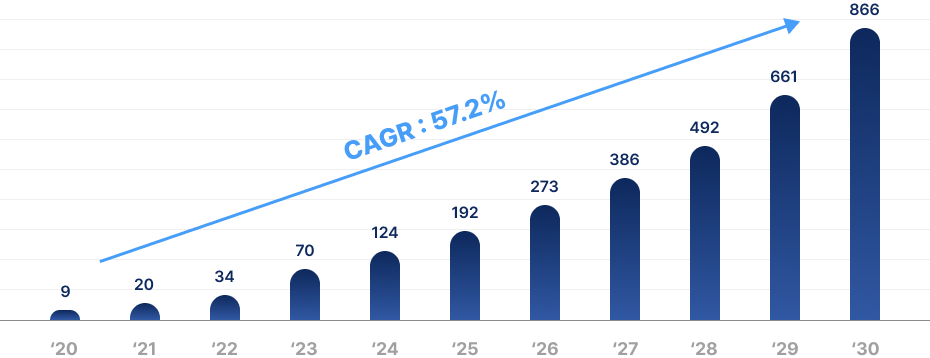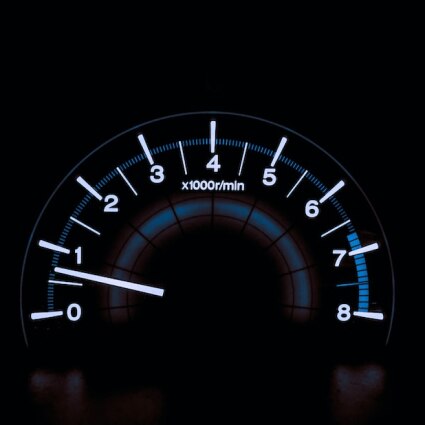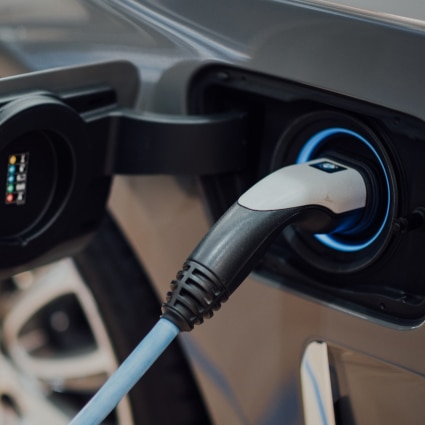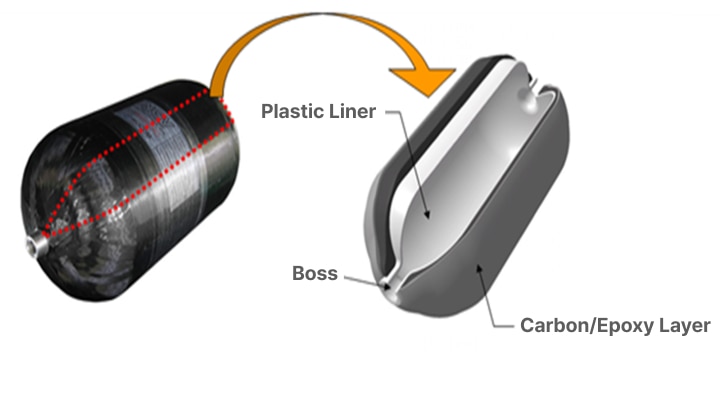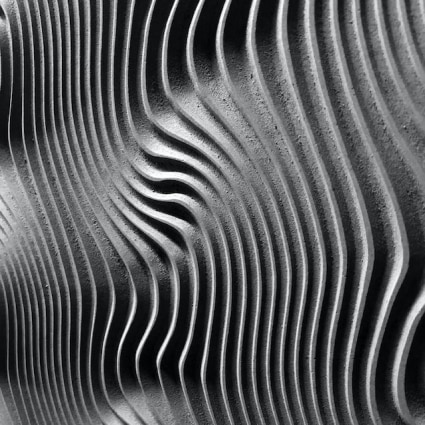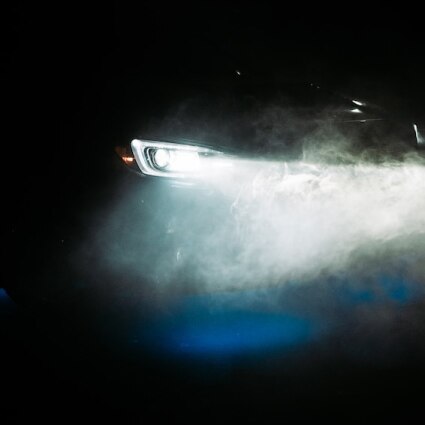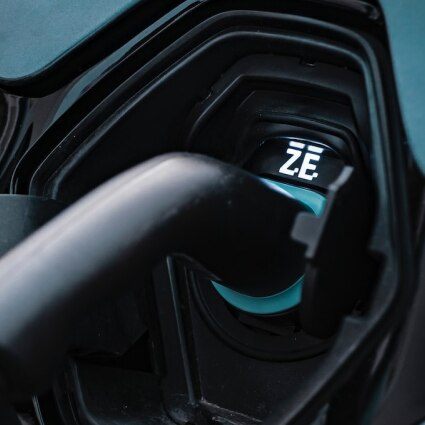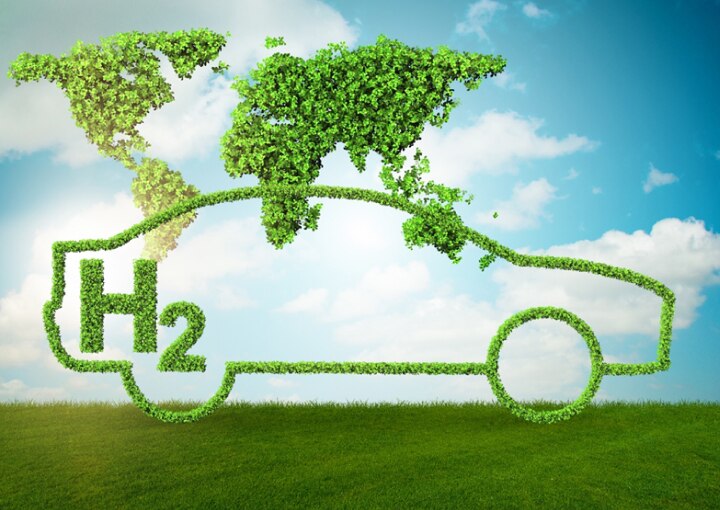
Why FCEV?

● Advantages of FCEV(Fuel Cell Electric Vehicle)
- 1) Economical hydrogen energy system
- 2) Zero carbon emission
- 3) Air purification function when driving
- 4) Sustainability
- - Hydrogen fuel reacts with oxygen in the air to release pure water.
FECV = 125t/y CO2↓ + Air purification 42,000t/y↑
